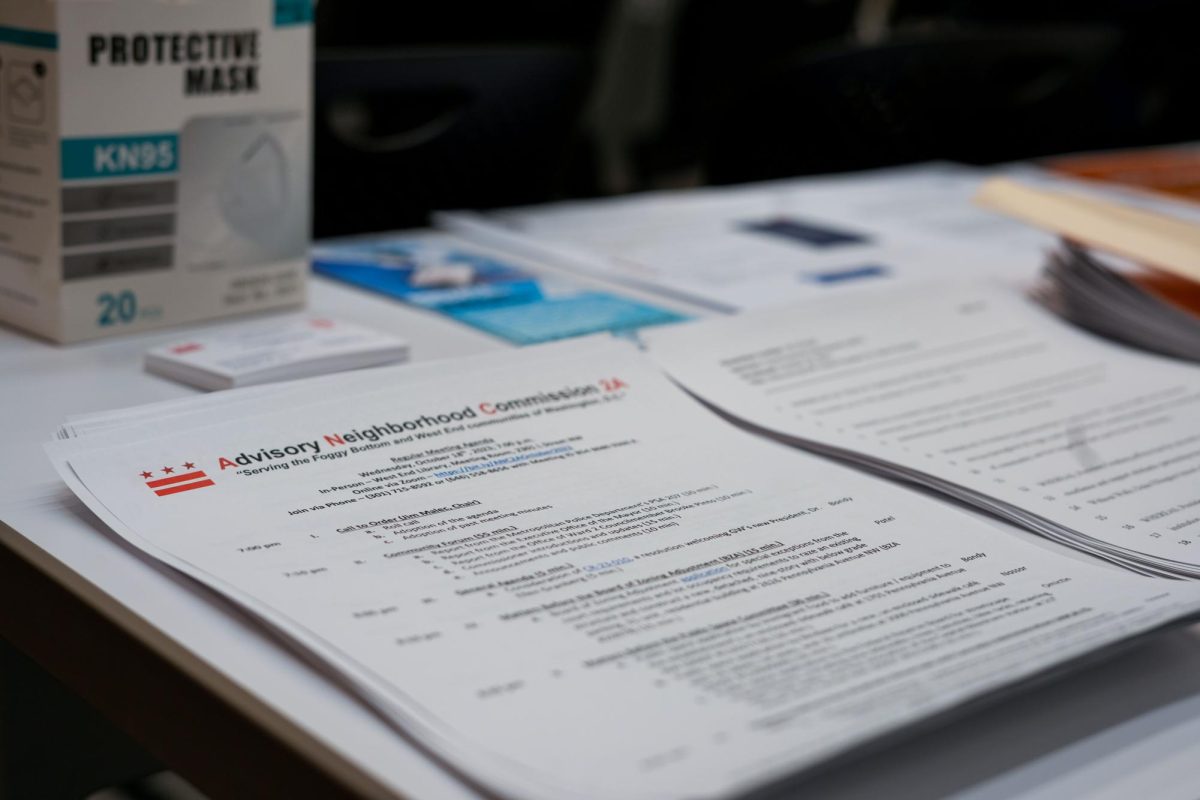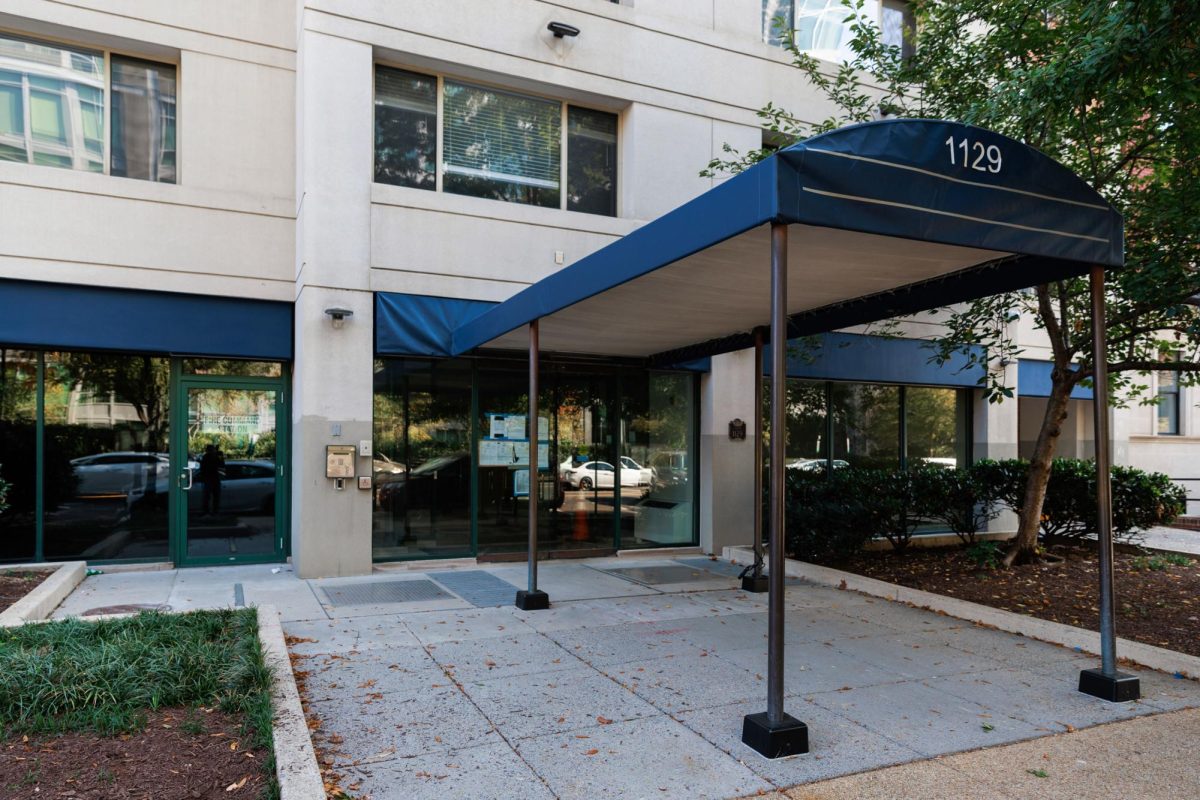An engineering school professor designed a prototype for a new solar cell that captures a greater range of energy, according to a University release Tuesday.
The design, which was detailed in a study published this week, has the potential to capture almost all of the energy available in the solar spectrum due to multiple cells being stacked in a singular device. By converting sunlight with 44.5 percent efficiency, this design could become the most efficient solar cell to date, according to the release.
In comparison, about 25 percent of the available energy is converted into electricity by the most common solar cell. Solar cells are the small components that make up the solar panels that are frequently mounted on rooftops or in solar parks.
These panels use special types of lenses that draw in sunlight into micro-scale solar cells, which allow for the device to be crafted from more sophisticated materials, and in turn be more cost effective, according to the release.
While the current prototype is relatively expensive, researchers say a similar and less expensive product could soon be brought to the market.
Matthew Lumb, a research scientist in the School of Engineering and Applied Science, said this design harnesses the energy from a type of light particle that can’t be utilized by the common solar cell.
“Our new device is able to unlock the energy stored in the long-wavelength photons, which are lost in conventional solar cells, and therefore provides a pathway to realizing the ultimate multi-junction solar cell,” Lumb said in the release.
The study was published Monday in the Advanced Energy Materials academic journal.
This project was a part of the MOSAIC Program, a $24 million research project funded by the Advanced Research Projects Agency-Energy.




